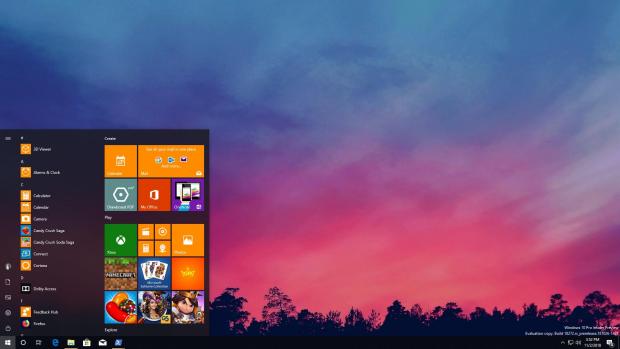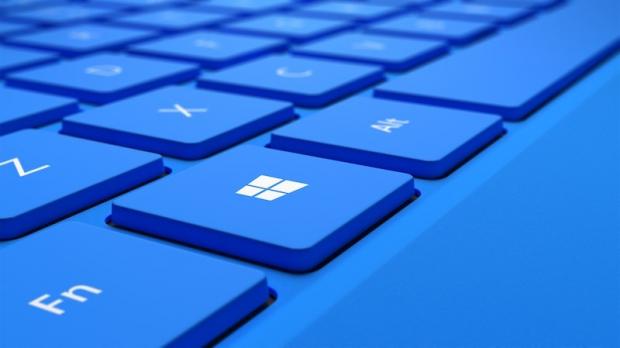Microsoft is considering a new naming approach for the future versions of Windows 10, after the company has already changed its mind several times since the first release of the OS went live in mid-2015.
According to reports, the software giant may switch to elements for the fall 2019 and early 2020 Windows 10 feature updates, which could eventually be codenamed Vanadium and Vibranium.
Here’s how Windows 10 evolved so far in its three years on the market.
The first two versions used Halo as the source of internal codenames, so while the original Windows 10 10240 was known as Threshold, the very first feature update was referred to as Threshold 2.
Microsoft then had the first change of mind, and decided to leave Halo behind and go for Minecraft, which in the meantime has become one of its main assets. Instead of Threshold, Microsoft started calling its Windows 10 feature updates Redstone until the Redstone 5 was finalized this fall.
Redstone 5 is the codename of Windows 10 October 2018 Update, also known as version 1809.
And here’s Microsoft having a second change of mind, so instead of going for the Redstone moniker for the next Windows 10 update, the upcoming release due in the spring of 2019 is codenamed 19H1.
This won’t be the last time Microsoft changes its naming approach for Windows 10, however. After 19H1, whose codename is a direct hint at the release date, Microsoft will switch to using elements for Windows 10 feature updates. This is when Vanadium and Vibranium will come into play.
What’s important to note, however, is that all of these are codenames that Microsoft uses and not the product names that the company embraces when officially rolling out new Windows 10 feature updates. Nevertheless, major changes have happened here too.
The first Windows 10 feature update was released as November Update, followed by Anniversary Update, also known as version 1607. Microsoft then switched to Creators Update and Fall Creators Update before embracing an approach that was a direct indication to the release date, namely April 2018 Update and October 2018 Update.
At this point, it’s not yet known what Microsoft will call the next feature update for Windows 10 due in the spring of 2019, but if the same naming approach is being used, it could hit the market as April 2019 Update. Of course, there’s a little chance this happens because it would only create more confusion among users, but on the other hand, it’s the only way to go if another naming strategy isn’t used.
What’s also very important to know is that Microsoft still wants to stick with its release schedule for future Windows 10 updates. This means two major updates would be published every year, one in the spring and another one in the fall.
Typically, the spring release is finalized in March and pushed to production devices in April. The version number ends in 03, which is a direct hint at the month when it’s finalized.
On the other hand, the fall update is completed in September and then shipped to all users in October. This time, the version number ends in 09, again a reference to the RTM compiling month.
This schedule is used for every Windows 10 update unless critical bugs are issued, as it happened in the case of the October 2018 Update, which was pulled a few days after the original release and is still blocked despite we’re already in November.
As usual, users are the ones whose feedback is the most important, so we’re asking you. What should Microsoft call the next Windows 10 feature updates? Is using elements the right approach? Or should the company stick with product names that hint at their release dates?
Let us know in the box after the jump.

 14 DAY TRIAL //
14 DAY TRIAL // 

